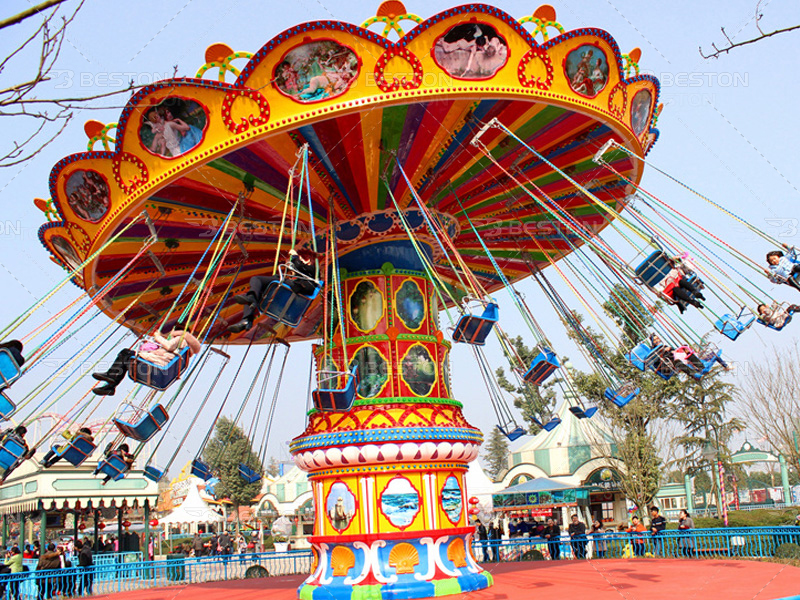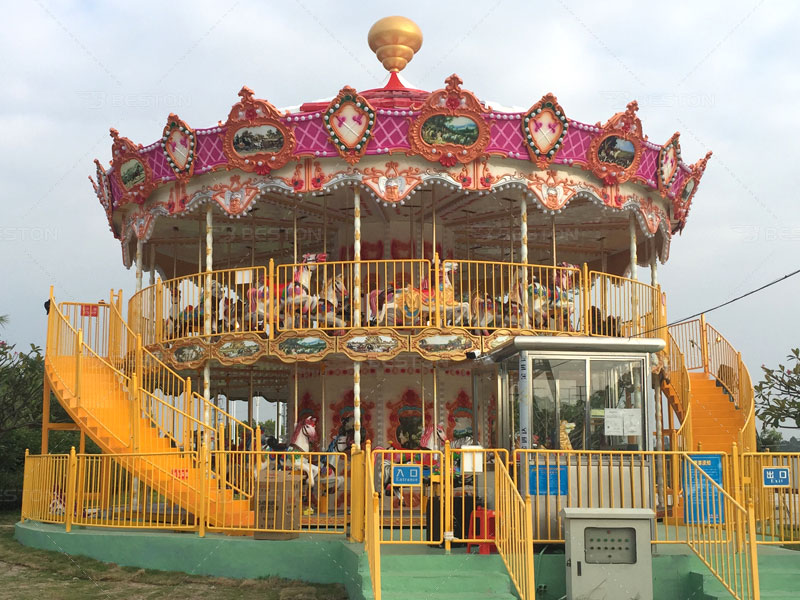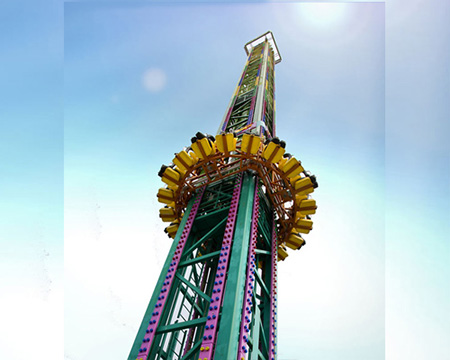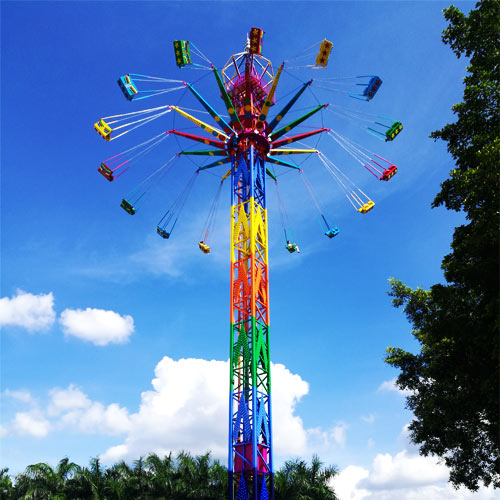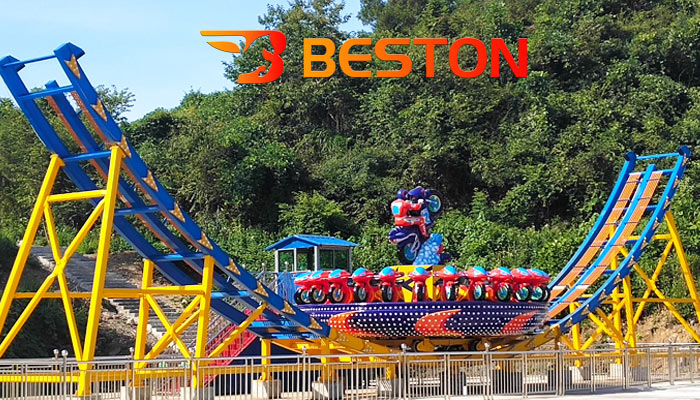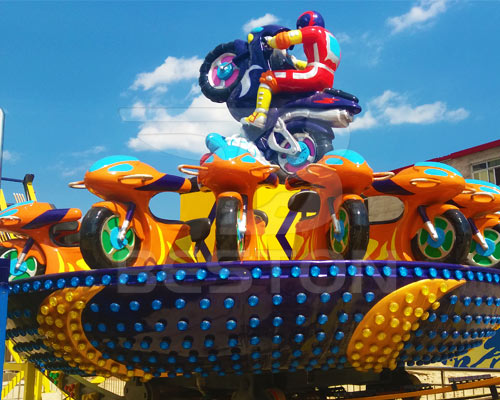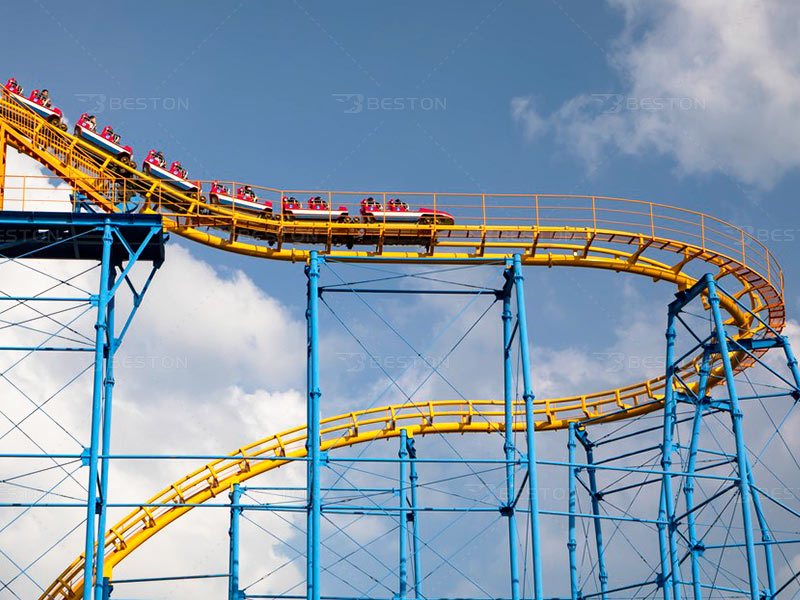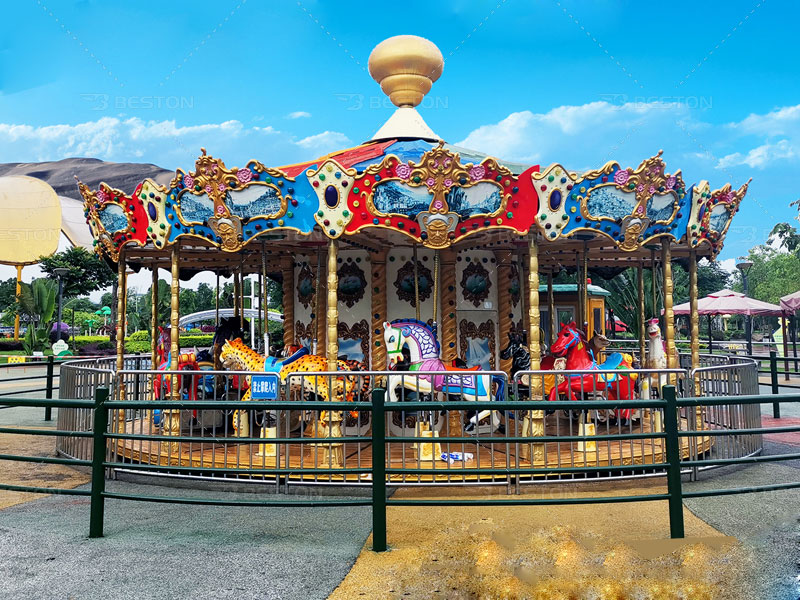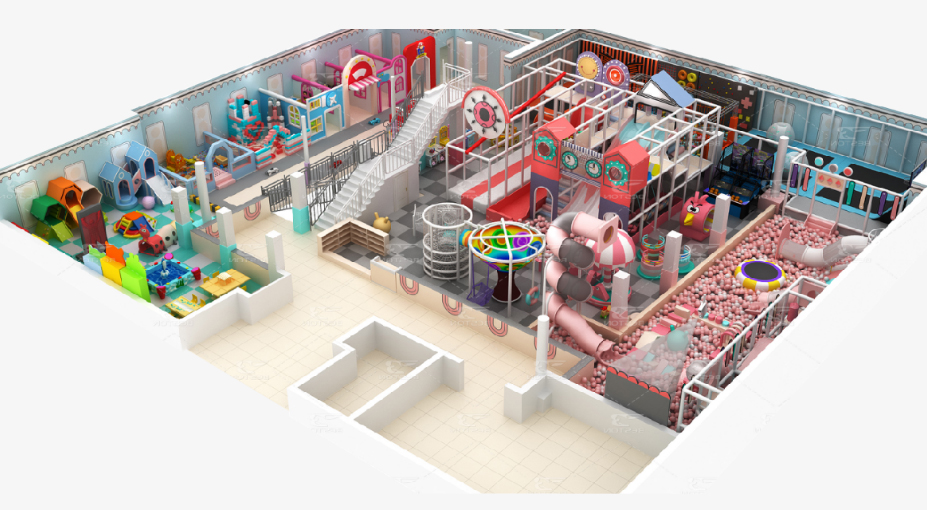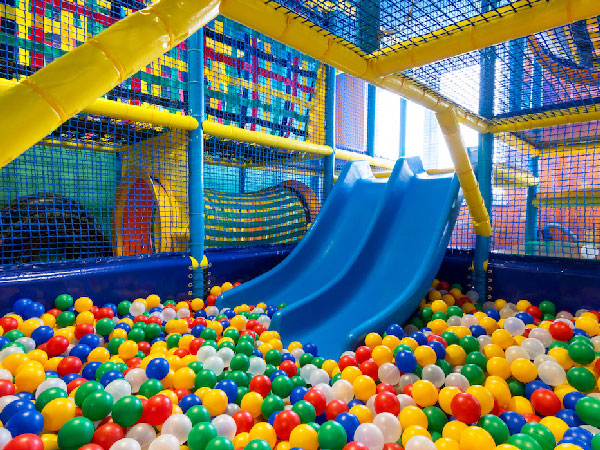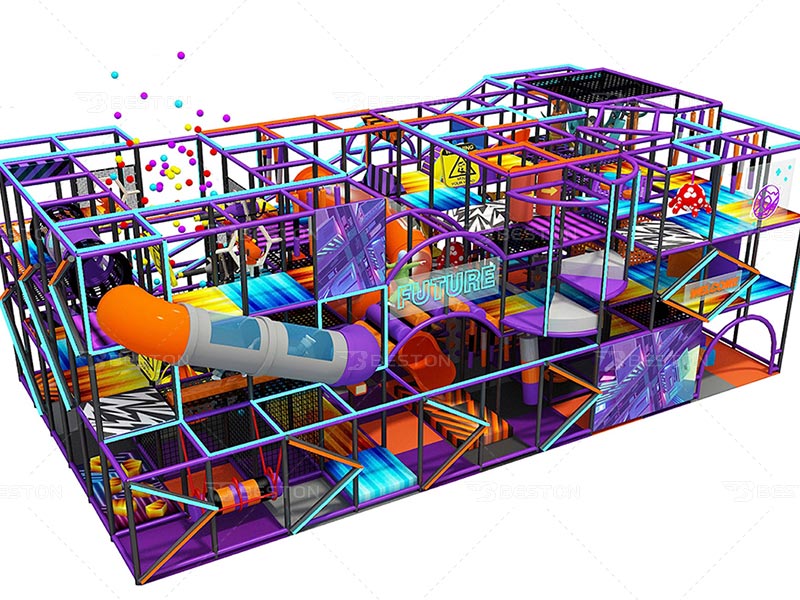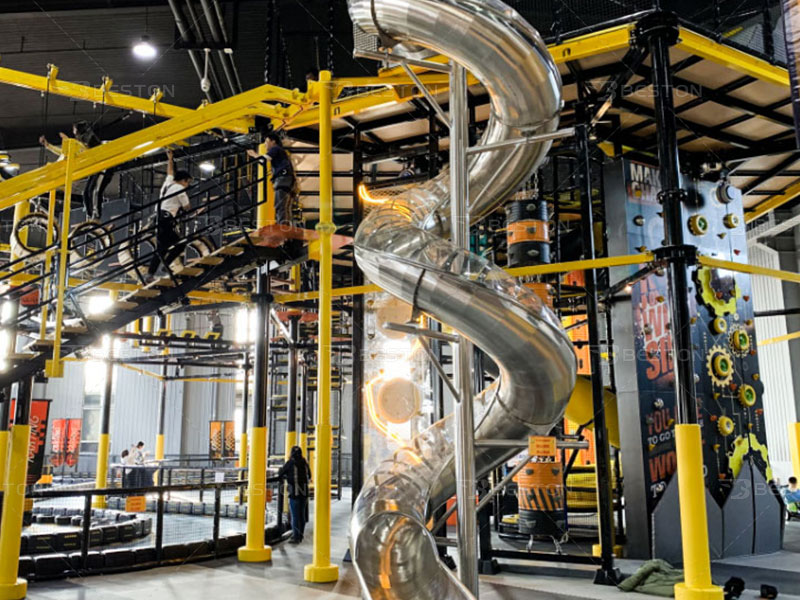Ensuring a Smooth Installation Process for Large Amusement Rides
Strategic Planning Before Delivery Arrives
Buying an amusement ride like a Ferris wheel (аттракцион колесо обозрения), pirate ship ride, or swing tower ride involves more than just comparing prices and signing a contract. One of the most overlooked steps in this process is preparing for installation. Even the most impressive ride can become a headache if proper groundwork isn’t laid before the equipment arrives on-site.
From site preparation to coordinating with contractors, park owners and operators must take a proactive approach to ensure that installation goes smoothly. The sooner your ride is operational, the sooner you can begin generating revenue—and that makes all the difference in a competitive amusement market.
Site Preparation: The Foundation of Success
The first critical task in the setup process is choosing the correct site location. Your Ferris wheel or swing tower ride (седьмое небо аттракцион) will need a flat, reinforced surface capable of supporting the weight of the structure, as well as room for maintenance access and queuing lines. For portable rides, like some pirate ship ride models, space for anchoring and securing the ride is equally important.
- Concrete or steel base with adequate load capacity
- Electrical access and power compatibility
- Water drainage systems (especially for outdoor setups)
- Compliance with local building codes and safety standards
Collaborate with engineers or a civil contractor familiar with amusement ride installations to inspect and certify the site ahead of delivery.
Coordinate Closely with the Manufacturer
Whether you’re installing a permanent Ferris wheel or a mobile pirate ship ride (аттракцион пиратский корабль), your supplier should provide detailed documentation and technical support. Request all the following in advance:
- Installation guide or video
- Layout and foundation drawings
- Electrical schematics
- Component checklist
- Maintenance schedule
Clear communication with the manufacturer ensures fewer surprises and a safer assembly process.
Crew Training and Technical Know-How
Another critical aspect of setup is ensuring your team knows how to assemble and operate the ride correctly. Depending on the size and type of attraction, you may need to hire temporary experts or mechanics who specialize in amusement ride (китайские аттракционы) installation.
Ask the manufacturer if they provide training for your operators or maintenance crew. Having a team that understands the ride from top to bottom not only speeds up setup but reduces the likelihood of operational errors later on.
Safety Inspections and Legal Compliance
Once the installation is physically complete, the next step is to go through formal inspections. Most jurisdictions require amusement rides—especially large ones like Ferris wheels or swing tower rides—to pass safety audits before they can operate.
- Structural integrity and stability
- Electrical and control system reliability
- Emergency stop and safety restraint functionality
- Documentation of all setup steps and crew credentials
It’s best to involve regulatory officials early in the planning stage to avoid missed requirements.
Post-Installation Testing and Monitoring
Even after passing inspections, your job isn’t over. Begin with a period of “soft operation” where the ride runs under full load conditions but only with test passengers or limited guests. This helps identify any remaining mechanical quirks or needed adjustments before exposing the ride to your full customer base.
Establish a daily inspection routine and keep detailed logs of operational hours, maintenance, and safety checks. Rides like the swing tower ride require ongoing attention to balance, motor performance, and cable integrity. Similarly, a pirate ship ride can develop wear in its central pivot and suspension systems over time.
Final Thoughts on Ride Setup and Sustainability
Investing in a new Ferris wheel or thrill ride is a major decision, but setup and installation play an equally important role in determining long-term success. Failing to plan properly for the arrival and assembly of your equipment can result in costly delays, safety issues, or lost revenue.
From foundation preparation and supplier coordination to crew training and post-installation safety checks, every phase matters. Whether you’re working with a towering swing tower ride or a classic pirate ship ride, attention to setup will directly influence how efficiently your ride operates and how satisfied your guests will be.

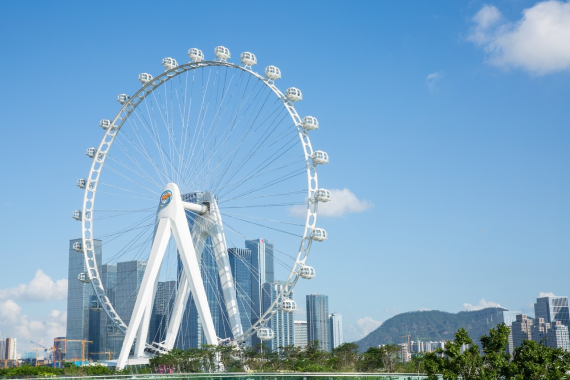
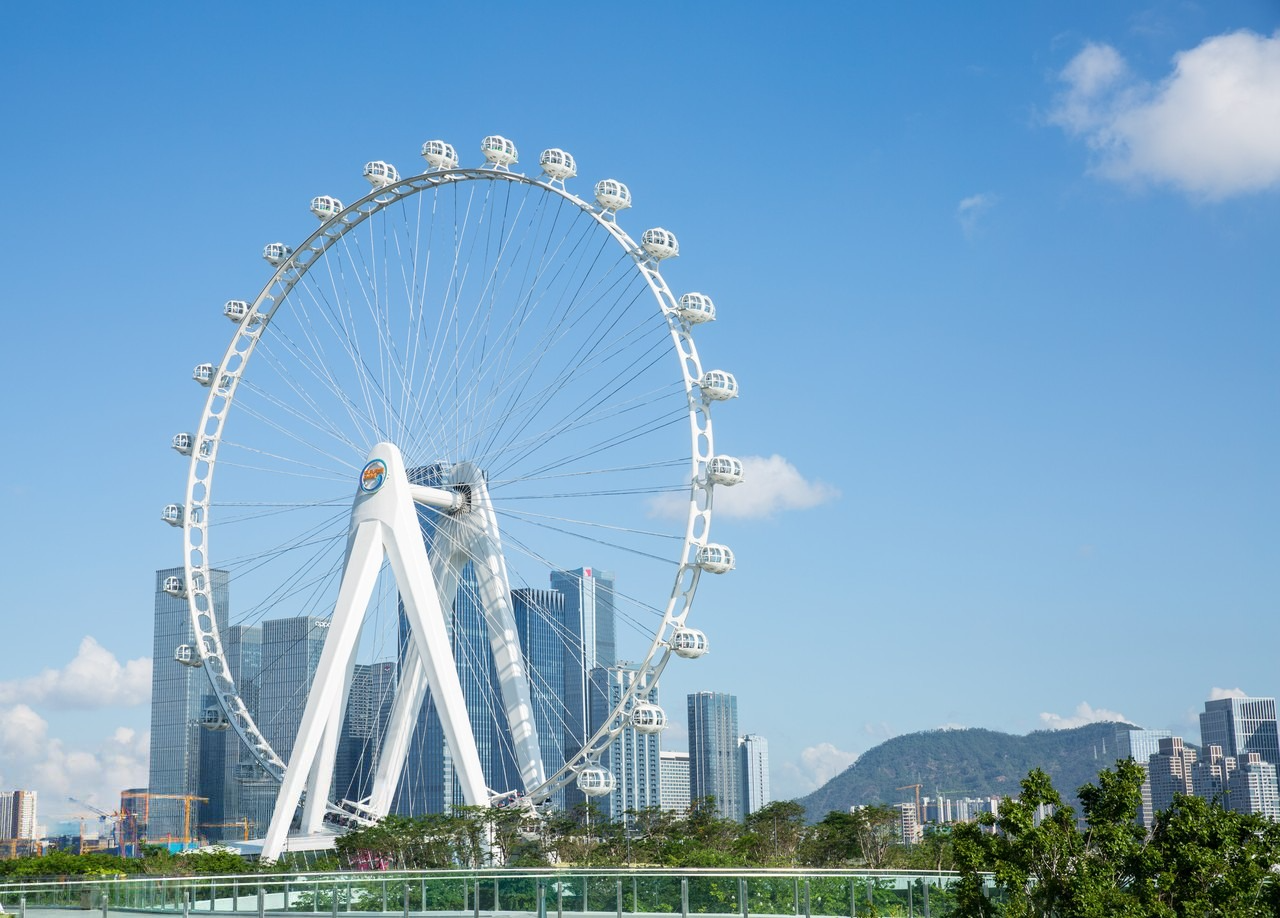
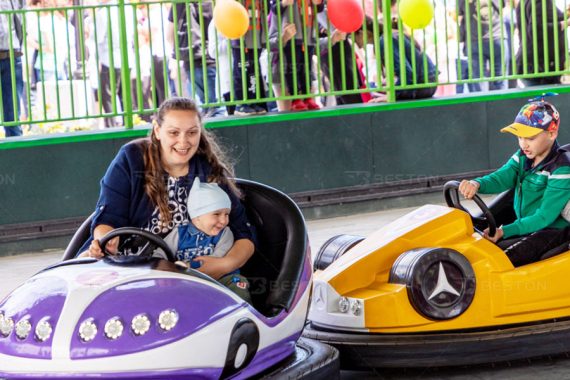
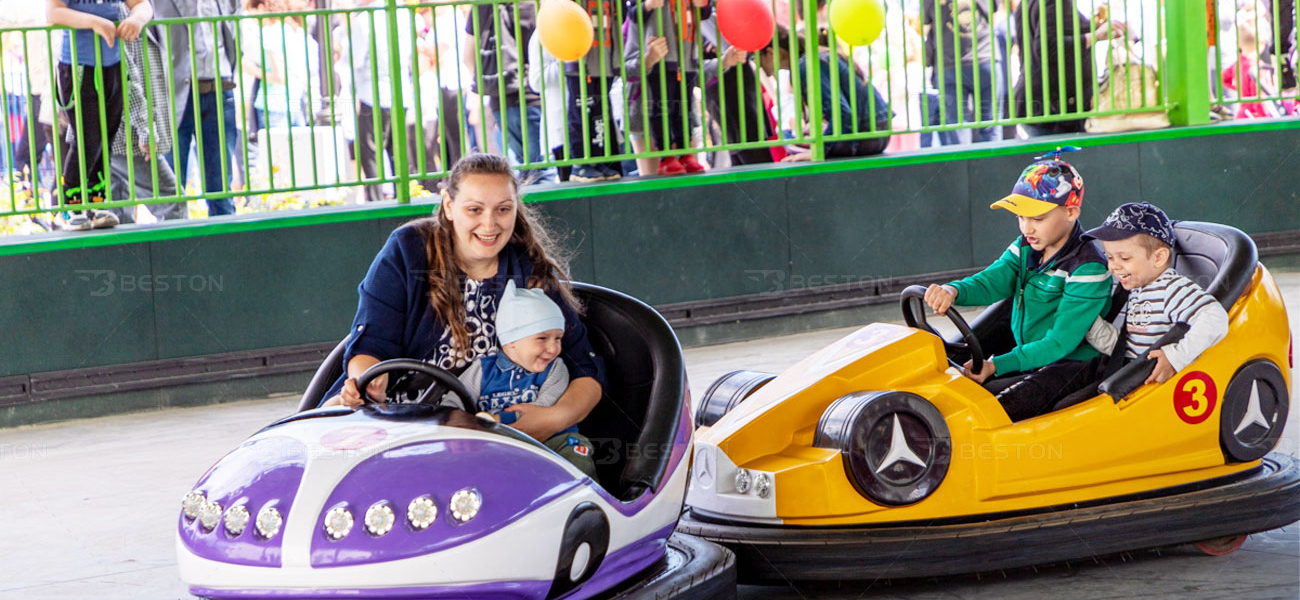
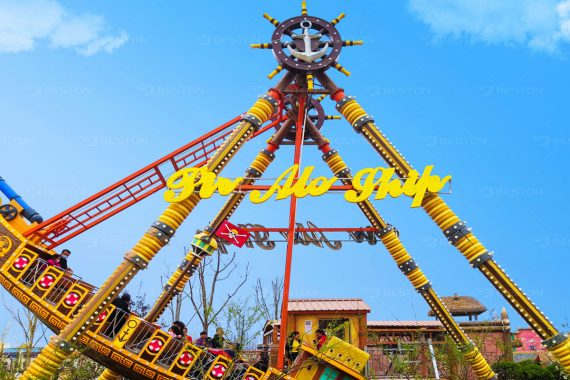
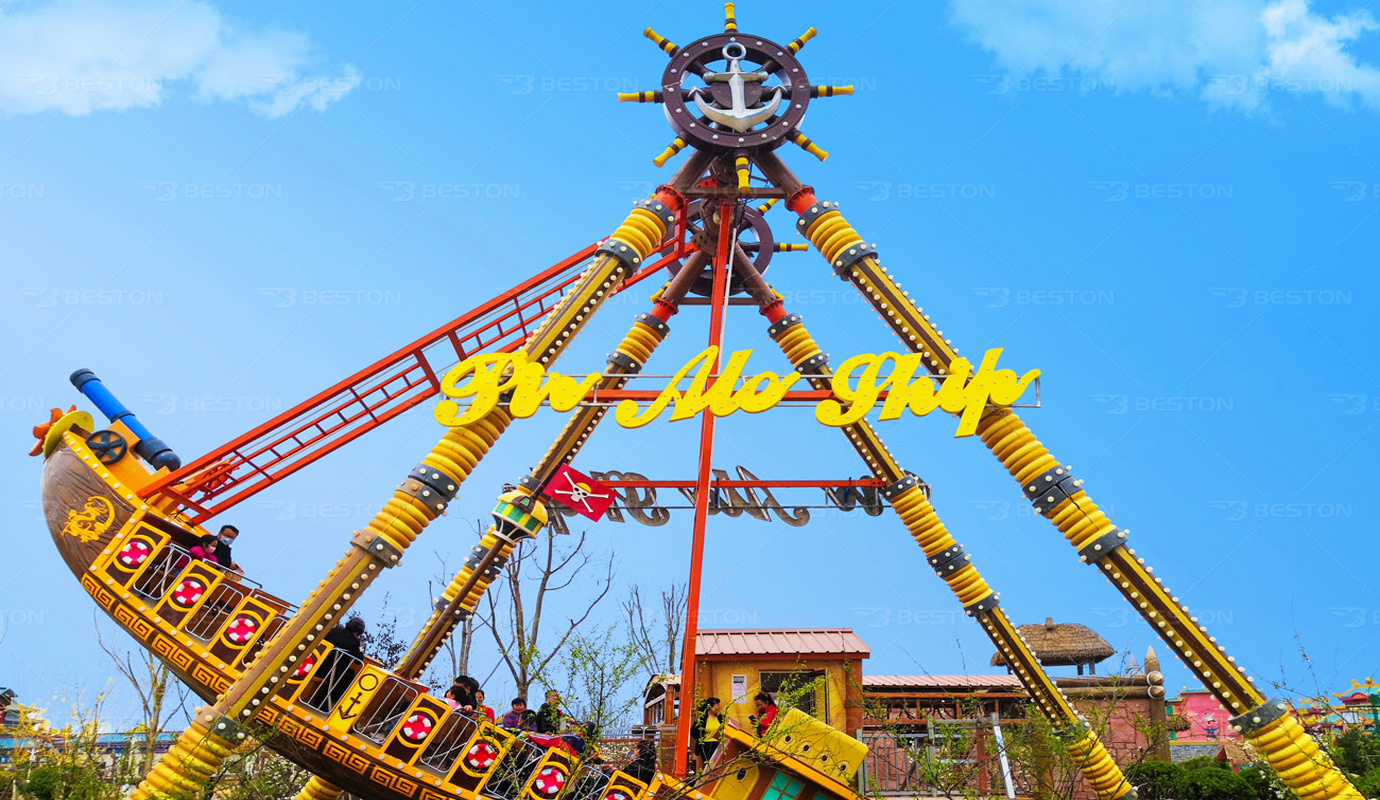
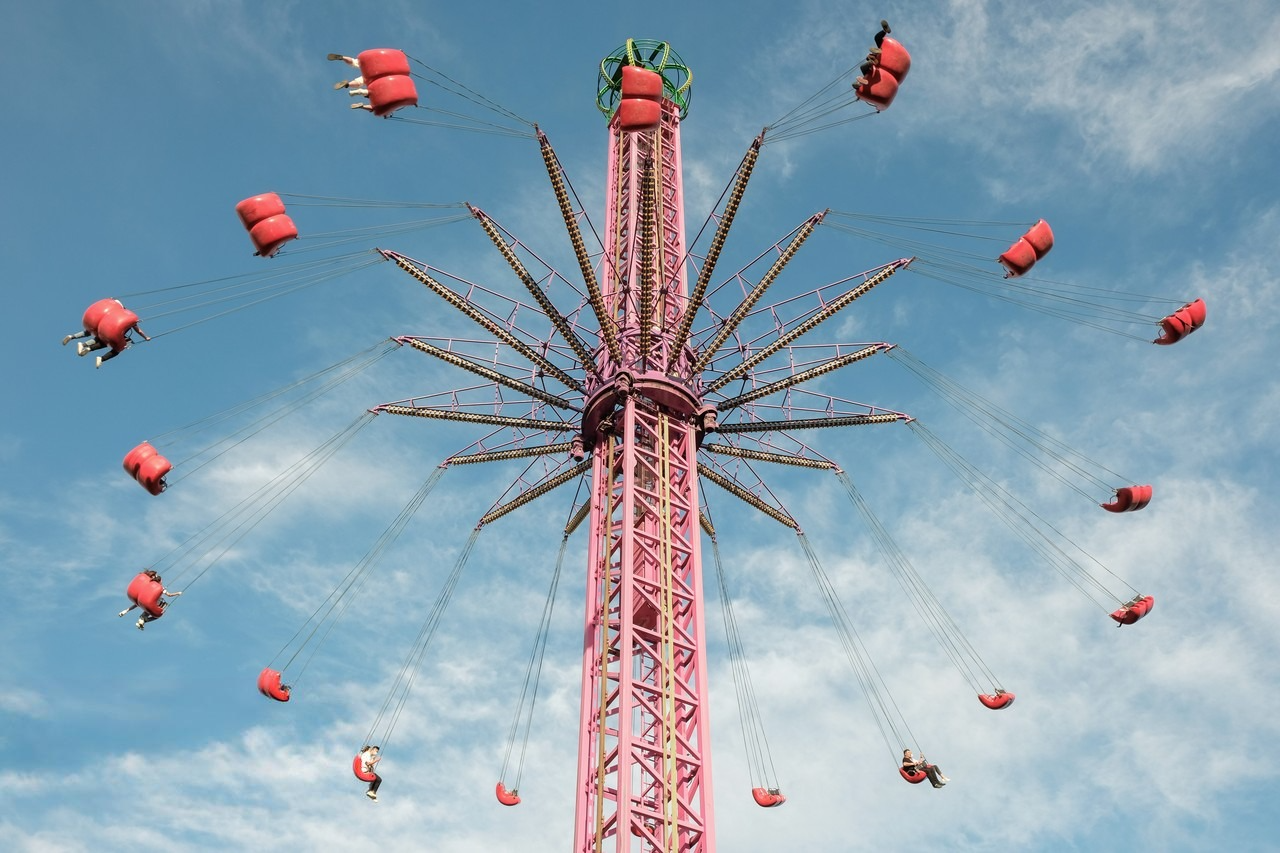 Managing Operational Costs
Managing Operational Costs